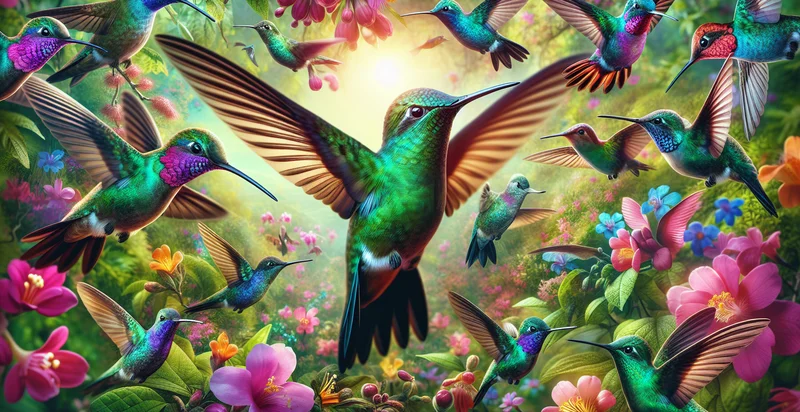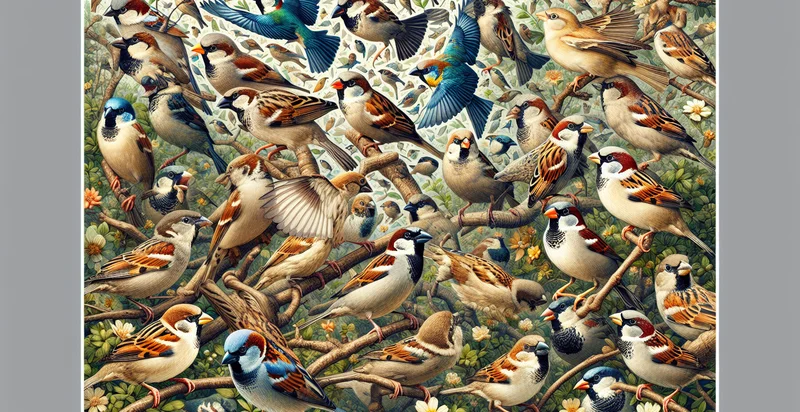Identify hummingbird species
using AI
Below is a free classifier to identify hummingbird species. Just upload your image, and our AI will predict which species of hummingbird it is - in just seconds.

Contact us for API access
Or, use Nyckel to build highly-accurate custom classifiers in just minutes. No PhD required.
Get started
import nyckel
credentials = nyckel.Credentials("YOUR_CLIENT_ID", "YOUR_CLIENT_SECRET")
nyckel.invoke("hummingbird-species-identifier", "your_image_url", credentials)
fetch('https://www.nyckel.com/v1/functions/hummingbird-species-identifier/invoke', {
method: 'POST',
headers: {
'Authorization': 'Bearer ' + 'YOUR_BEARER_TOKEN',
'Content-Type': 'application/json',
},
body: JSON.stringify(
{"data": "your_image_url"}
)
})
.then(response => response.json())
.then(data => console.log(data));
curl -X POST \
-H "Content-Type: application/json" \
-H "Authorization: Bearer YOUR_BEARER_TOKEN" \
-d '{"data": "your_image_url"}' \
https://www.nyckel.com/v1/functions/hummingbird-species-identifier/invoke
How this classifier works
To start, upload your image. Our AI tool will then predict which species of hummingbird it is.
This pretrained image model uses a Nyckel-created dataset and has 10 labels, including Ruby-Throated Hummingbird and Black-Chinned Hummingbird.
We'll also show a confidence score (the higher the number, the more confident the AI model is around which species of hummingbird it is).
Whether you're just curious or building hummingbird species detection into your application, we hope our classifier proves helpful.
Related Classifiers
Need to identify hummingbird species at scale?
Get API or Zapier access to this classifier for free. It's perfect for:
- Wildlife Magazine Publishing: Publishers can use the identifier to quickly classify and label images of hummingbirds submitted by photographers or readers, making the process of article image selection more efficient.
- Online Photo Agencies: Stock photo agencies could use it to automatically tag and categorize their immense databases of bird images, enhancing search functionality and customer experience.
- Bird Watching App Development: Developers can integrate the hummingbird species identifier function to their bird-watching apps, helping users to easily identify and save information on various hummingbird species they come across.
- Scientific Research & Documentation: The application could be used in scientific fields for researchers studying different species of hummingbirds; it can help quickly identify and catalog photographic evidence collected in the field.
- Conservation Efforts Monitoring: Environmental conservation organizations can utilize the identifier to monitor hummingbird populations, helping to quickly detect potential issues such as decreasing numbers of a specific species.
- Ornithology Education: Education institutions and e-learning platforms can make use of the identifier to help students in learning effectively, identifying hummingbird species in images, and supporting their academic research.
- Natural History Museums: Museums could use this function to classify and curate their collection of hummingbird photographs or related exhibits, expediting the process and making it more accurate.


